Jaisalmer
The Golden City’s Legacy: A Deep Dive into Jaisalmer’s Royal History
Jaisalmer, famously known as the “Golden City,” rises like a magnificent sandcastle from the heart of the Thar Desert. Its unique charm lies in its living fort, intricately carved havelis, and the golden hue that bathes the city at sunrise and sunset. Jaisalmer’s history is a captivating tale of strategic importance, Rajput resilience, and a vibrant cultural heritage that flourished amidst the desert’s harsh realities.
The Foundation: Maharawal Jaisal and the Birth of Jaisalmer (12th Century)
The story of Jaisalmer begins in 1156 AD with Maharawal Jaisal, a Bhatti Rajput ruler. Originally, the Bhatti clan ruled from Lodhruva, a flourishing ancient town near present-day Jaisalmer. However, facing constant raids and a search for a more secure and strategic location, Maharawal Jaisal embarked on establishing a new capital.
Guided by a local hermit named Eesul, Jaisal chose a prominent triangular hill, Trikuta Hill, as the ideal site for his new fort. This elevated position offered natural defense and commanded a panoramic view of the surrounding desert. On this very hill, he laid the foundation of Jaisalmer Fort, which eventually gave its name to the city that grew around it. The city soon became a crucial trading post on the ancient caravan routes connecting India to Persia, Arabia, and Africa, dealing in spices, silks, and other valuable goods.
The Golden Era: Trade, Art, and Conflict (13th – 18th Centuries)
Jaisalmer’s strategic location brought both prosperity and peril. The city’s wealth came from controlling the lucrative trade routes, but this also made it a target for various invading forces.
-
Resilience through Sieges: Jaisalmer Fort famously withstood several sieges by powerful adversaries, including the Delhi Sultanate and later, various Mughal emperors. The most notable ‘Jauhar’ (mass self-immolation by women to protect their honor) in Jaisalmer’s history is said to have occurred during one such siege. These conflicts showcased the indomitable spirit of the Bhatti Rajputs.
-
Architectural Splendor: Despite the challenges, the Maharawals and wealthy merchants (known as dewans or patwas) invested heavily in architectural embellishments. The Patwon Ki Haveli, Salim Singh Ki Haveli, and Nathmal Ki Haveli are prime examples of this period’s exquisite craftsmanship. These multi-storied mansions are adorned with incredibly intricate stone carvings, latticework, and frescoes, showcasing the unique architectural style of Jaisalmer. The fort itself evolved with beautiful palaces like Gaj Vilas and Darbar Mahal.
-
Cultural Flourishing: The city became a melting pot of cultures due to its trade connections. This led to a rich tradition of folk music, dance, and distinct culinary practices that survive to this day.
The British Era and Changing Fortunes (19th – 20th Centuries)
With the advent of sea trade routes and the partitioning of India in 1947, Jaisalmer’s prominence as a trade hub diminished. The opening of new ports and the shift in international trade routes led to a decline in its economic significance.
-
Princely State under British Raj: In 1818, Jaisalmer, like other Rajput states, entered into a subsidiary alliance with the British East India Company, becoming a princely state under British rule. This brought a period of relative peace, but also economic stagnation due to the decline of traditional trade routes.
-
Modernization Initiatives: Despite the economic challenges, efforts were made towards modernization, though at a slower pace compared to some other Rajput states.
Independence and Beyond (Post-1947)
Upon India’s independence in 1947, the princely state of Jaisalmer acceded to the Indian Union, eventually becoming part of the state of Rajasthan. In recent decades, Jaisalmer has re-emerged as a major tourist destination, drawing visitors from across the globe eager to experience its unique history, culture, and the mystique of the Thar Desert.
Today, Jaisalmer Fort remains one of the world’s few “living forts,” with a significant portion of the city’s population still residing within its ancient walls. Its golden sandstone structures glow mesmerizingly in the desert sun, inviting visitors to step back in time and explore a history rich with tales of courage, beauty, and survival in the heart of the desert.
- Destination Jaisalmer
- How to Reach Airport / Railway Station / Bus Stand
- Included Food Hotel Stay
- Not Included Monumental Charges
Tour Plan
The Living Fort & Royal Residences
Havelis & Sacred Spaces
Desert Adventures & Cultural Immersion
Tour Location
Location info
Reaching Jaisalmer: Your Journey to the Golden City Jaisalmer, famously known as the "Golden City," is a captivating desert destination in Rajasthan. While it feels wonderfully remote, it's well-connected to India's major metropolitan centers, making your journey quite accessible. Aadesh Venture can assist with comfortable and reliable taxi services for local transfers and tours upon your arrival.
How to Reach Jaisalmer from Metro Cities: 1. From Delhi (National Capital Region):
Distance: Approximately 770-800 km. Transport Mediums: By Train: A popular and comfortable overnight option. Direct trains connect Delhi to Jaisalmer. Journey time is typically around 16-18 hours. By Flight: While there isn't always a direct flight, you can fly from Delhi to Jodhpur (JDH) or Udaipur (UDR) and then take a train or taxi to Jaisalmer. Direct flights to Jaisalmer (JSA) have recently increased, so check for current availability (approx. 1.5 - 2 hours flight time). By Road: A long but scenic drive, taking approximately 13-15 hours. You can hire a private taxi from Aadesh Venture for a comfortable journey. 2. From Mumbai (Financial Capital):
Distance: Approximately 1050-1100 km. Transport Mediums: By Train: Direct trains connect Mumbai to Jaisalmer. This is a longer overnight journey, typically 20-22 hours. By Flight: The most efficient way is to fly from Mumbai (BOM) to Jodhpur (JDH) or Udaipur (UDR), and then take a connecting train or taxi to Jaisalmer. Check for direct flights to Jaisalmer (JSA) as options are expanding (approx. 2 hours flight time). By Road: A very long drive, generally not recommended for direct travel, taking over 20 hours. 3. From Jaipur (Rajasthan's Capital):
Distance: Approximately 550-600 km. Transport Mediums: By Road: A very popular route for a comfortable road trip, taking around 9-10 hours by car. Aadesh Venture offers excellent taxi services for this route, allowing you to enjoy the changing desert landscapes. By Train: Direct overnight train services connect Jaipur to Jaisalmer. Journey time is usually 10-12 hours. By Flight: Direct flights between Jaipur (JAI) and Jaisalmer (JSA) are sometimes available, taking around 1 hour 15 minutes. 4. From Jodhpur (Nearest Major City with Good Connectivity):
Distance: Approximately 280-300 km. Transport Mediums: By Road: This is a very common and comfortable route, taking around 4.5-5 hours by car. Aadesh Venture's taxi service is ideal for this scenic drive through the desert. By Train: Regular train services connect Jodhpur to Jaisalmer. Journey time is usually 5-6 hours. By Flight: No direct flights for this short distance. Upon Arrival in Jaisalmer:
Once you arrive at Jaisalmer Airport (JSA) or Jaisalmer Railway Station, Aadesh Venture's reliable taxi services with experienced local drivers are ready to pick you up. Enjoy a hassle-free transfer directly to your hotel or start your exciting exploration of the Golden City and its surrounding desert.
Contact Aadesh Venture to arrange your comfortable transfers and local tours for your unforgettable Jaisalmer experience!

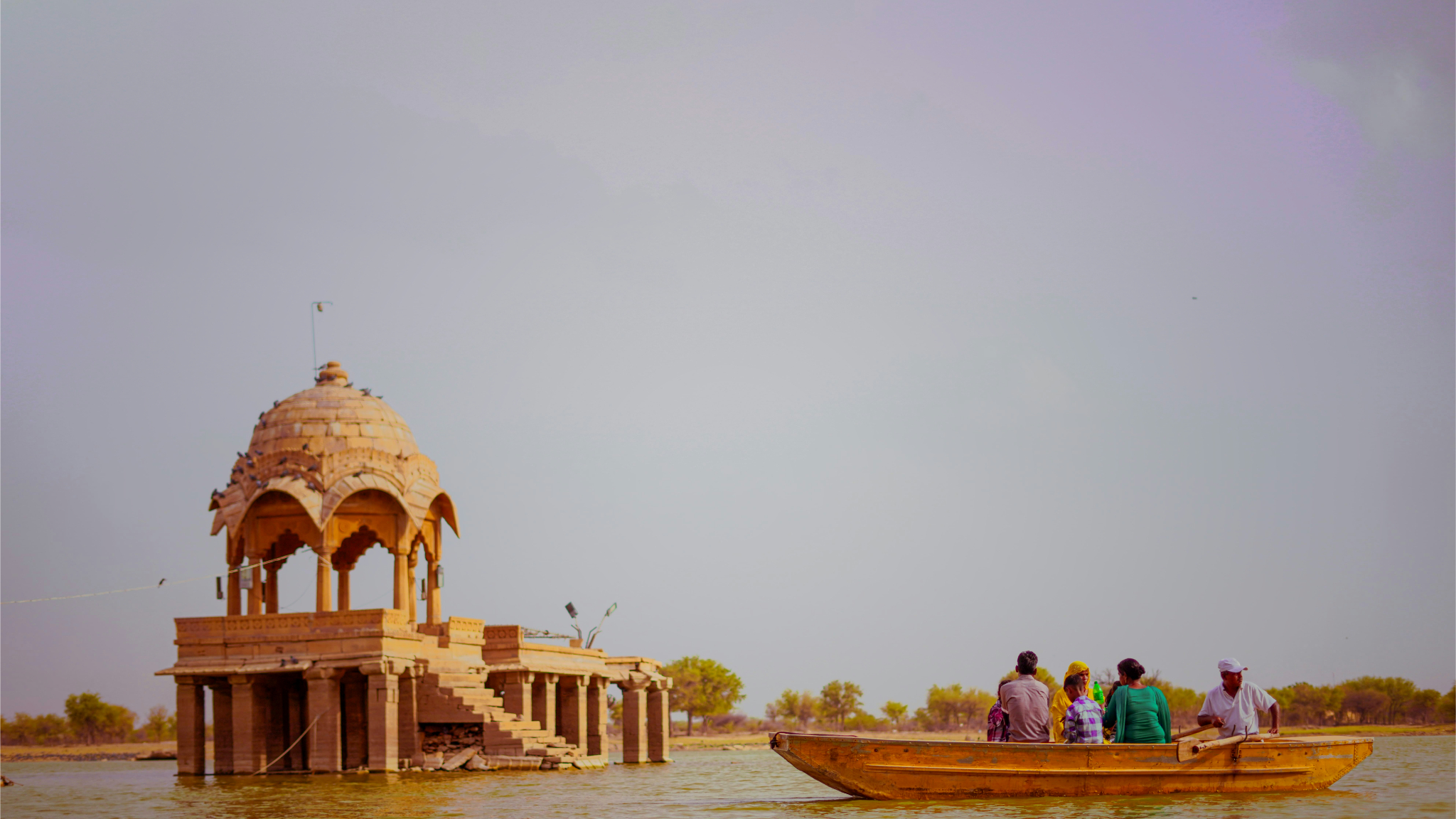

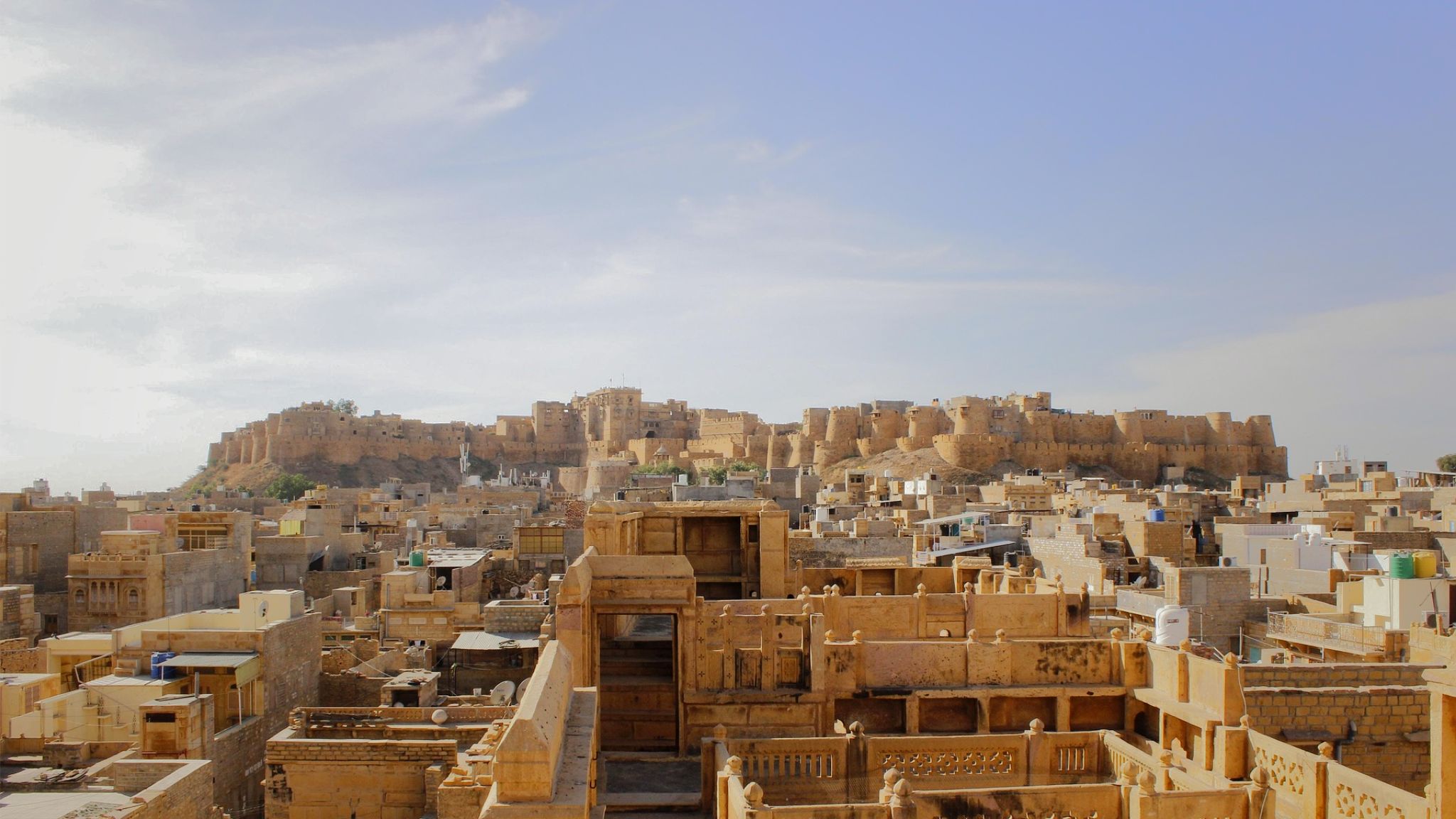
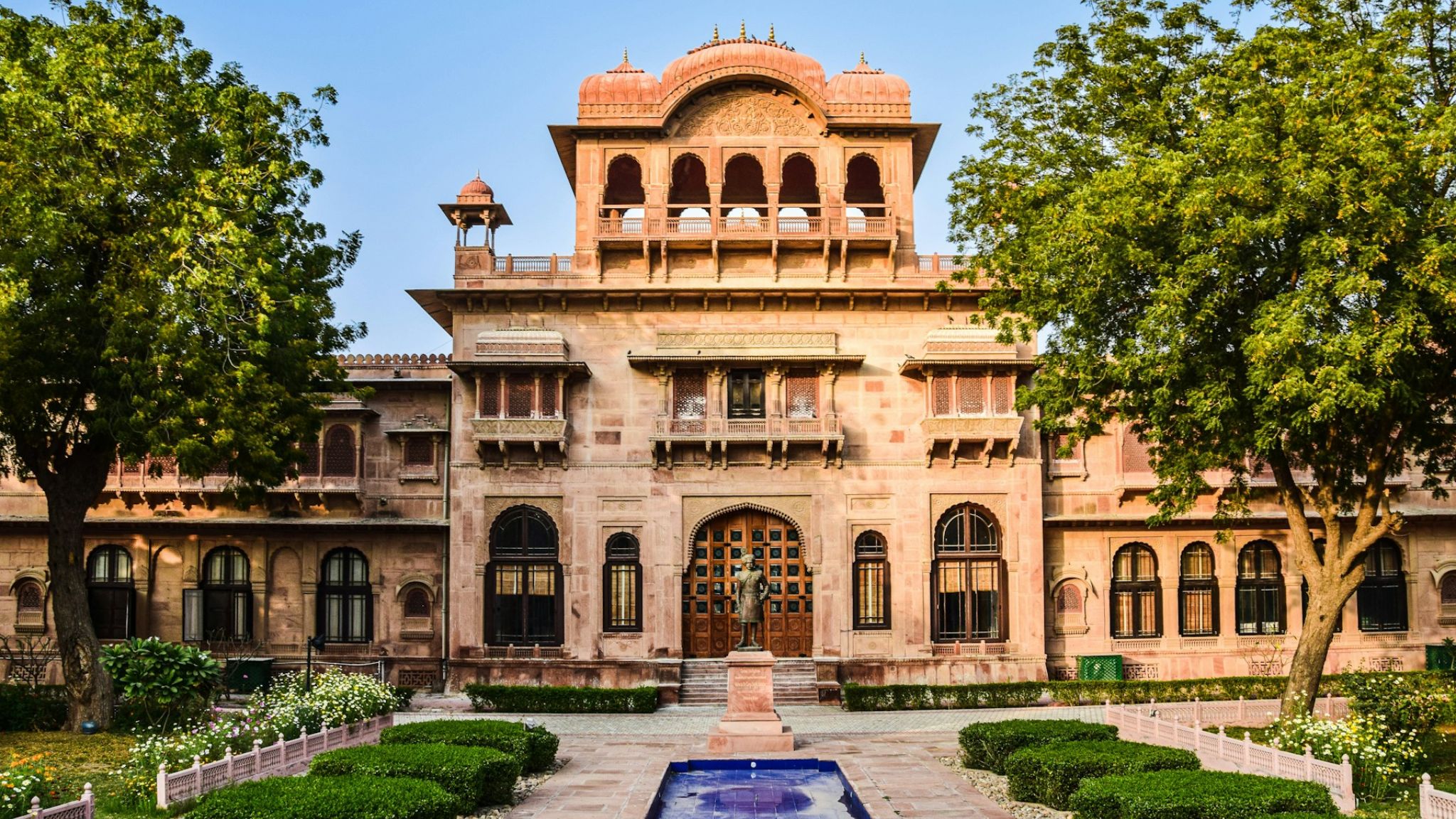
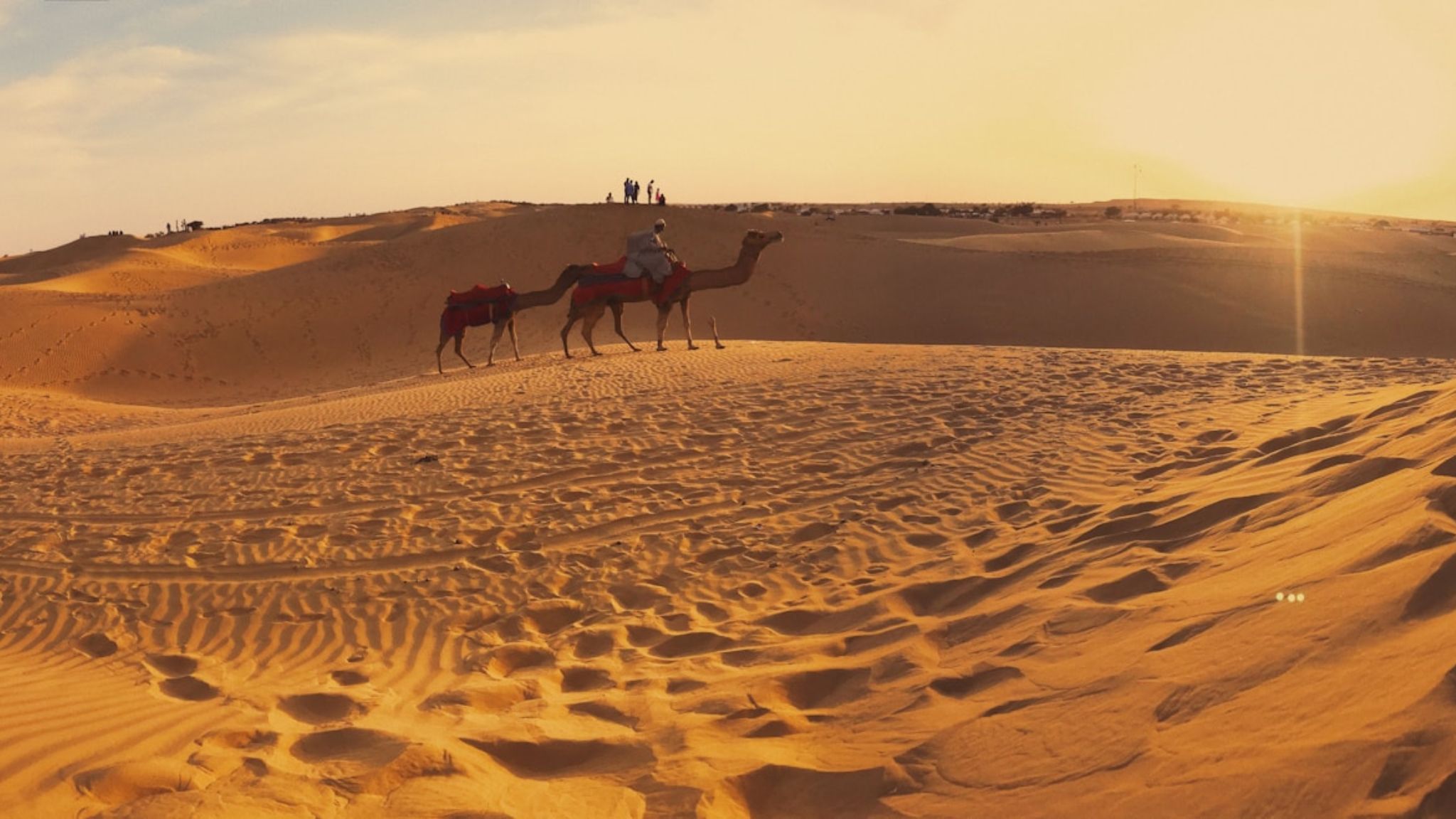
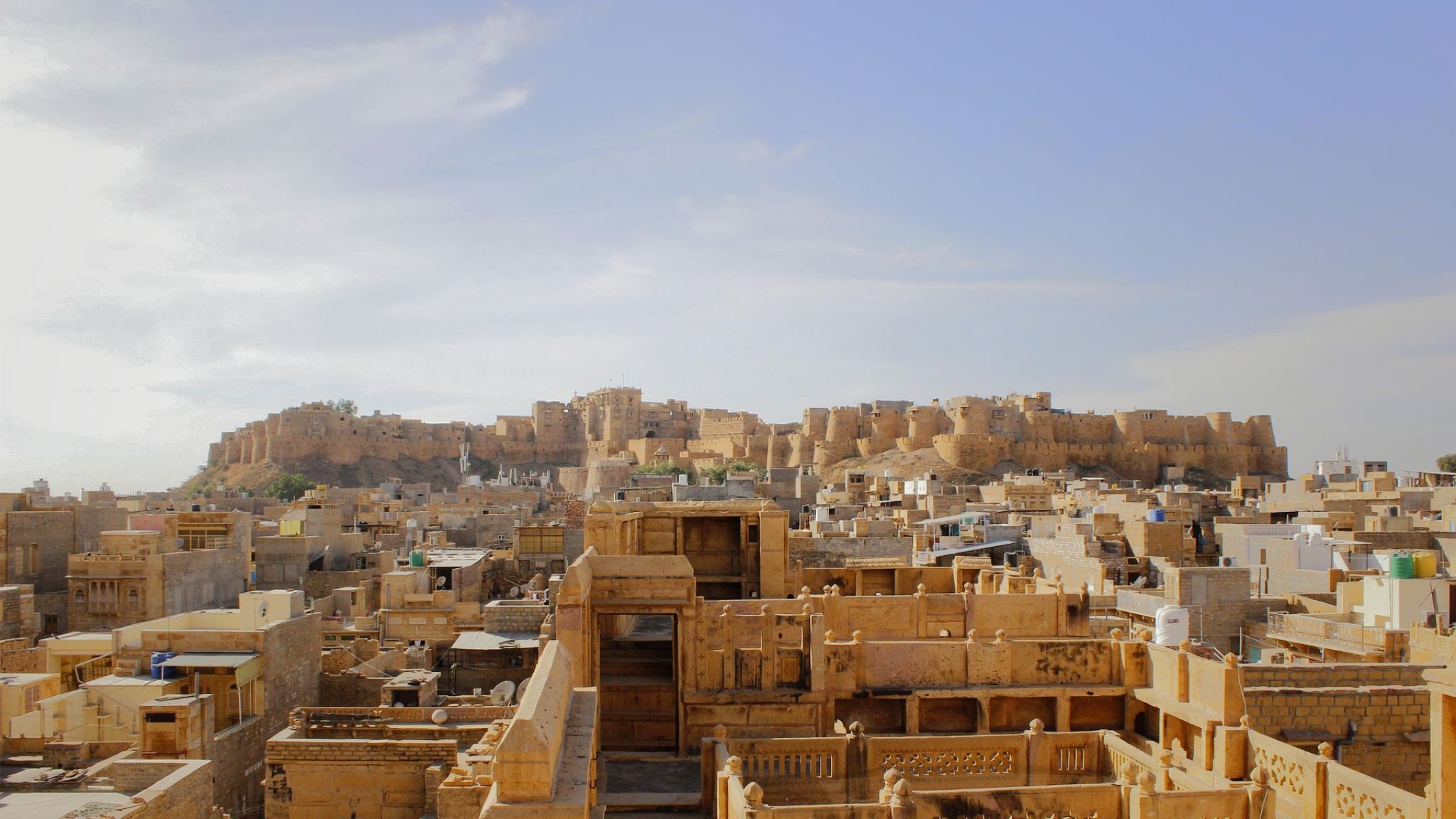

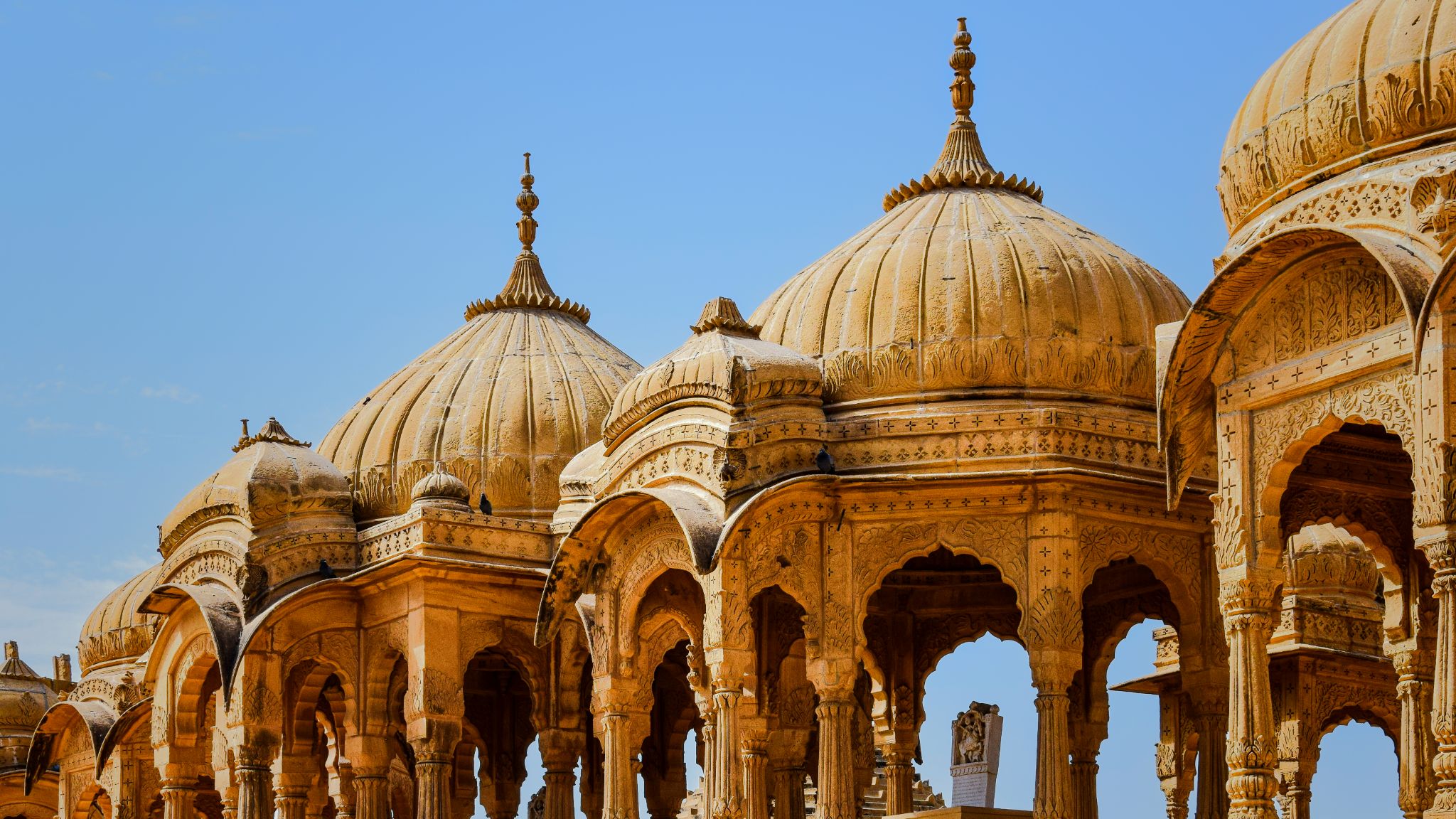
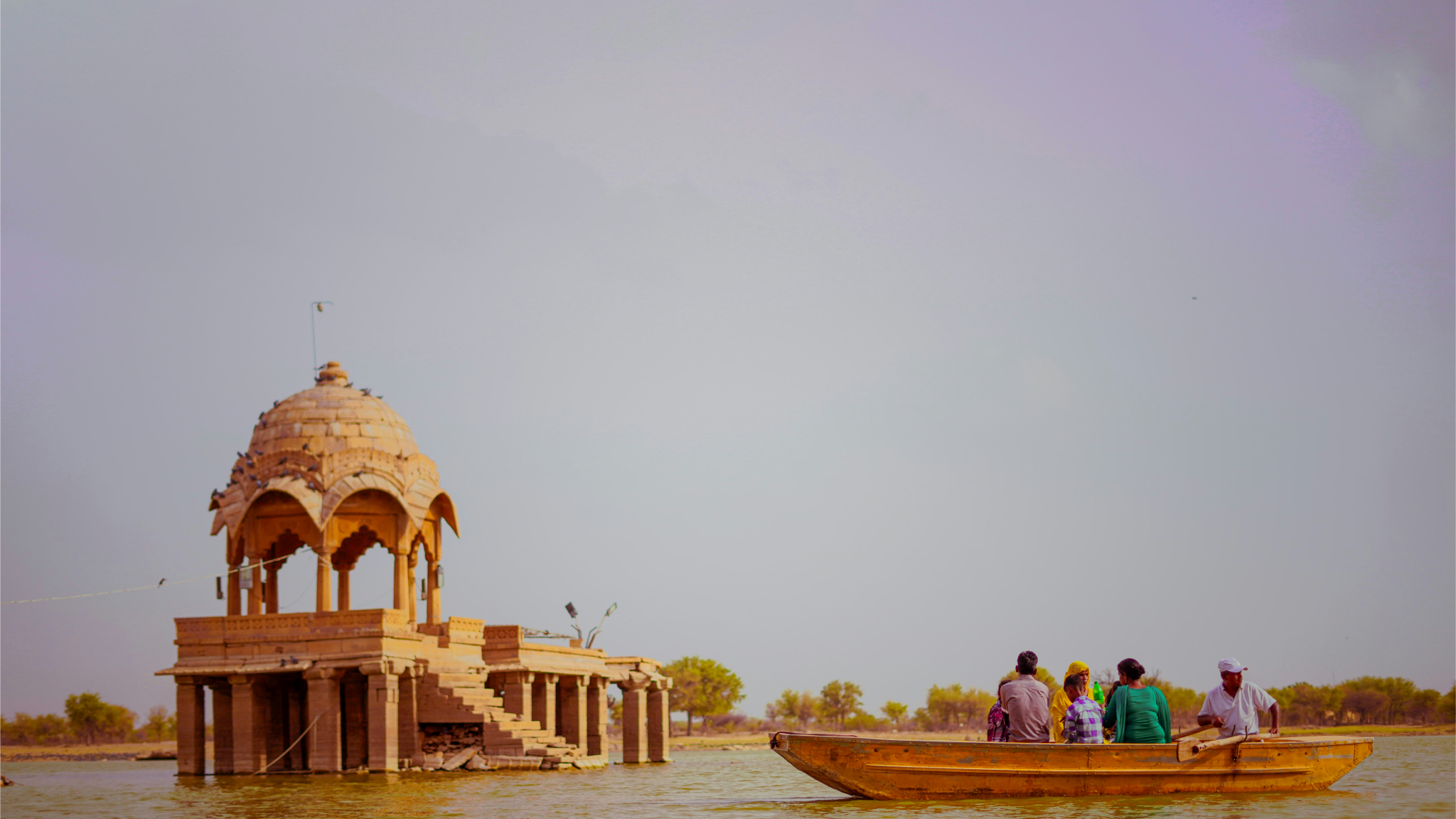
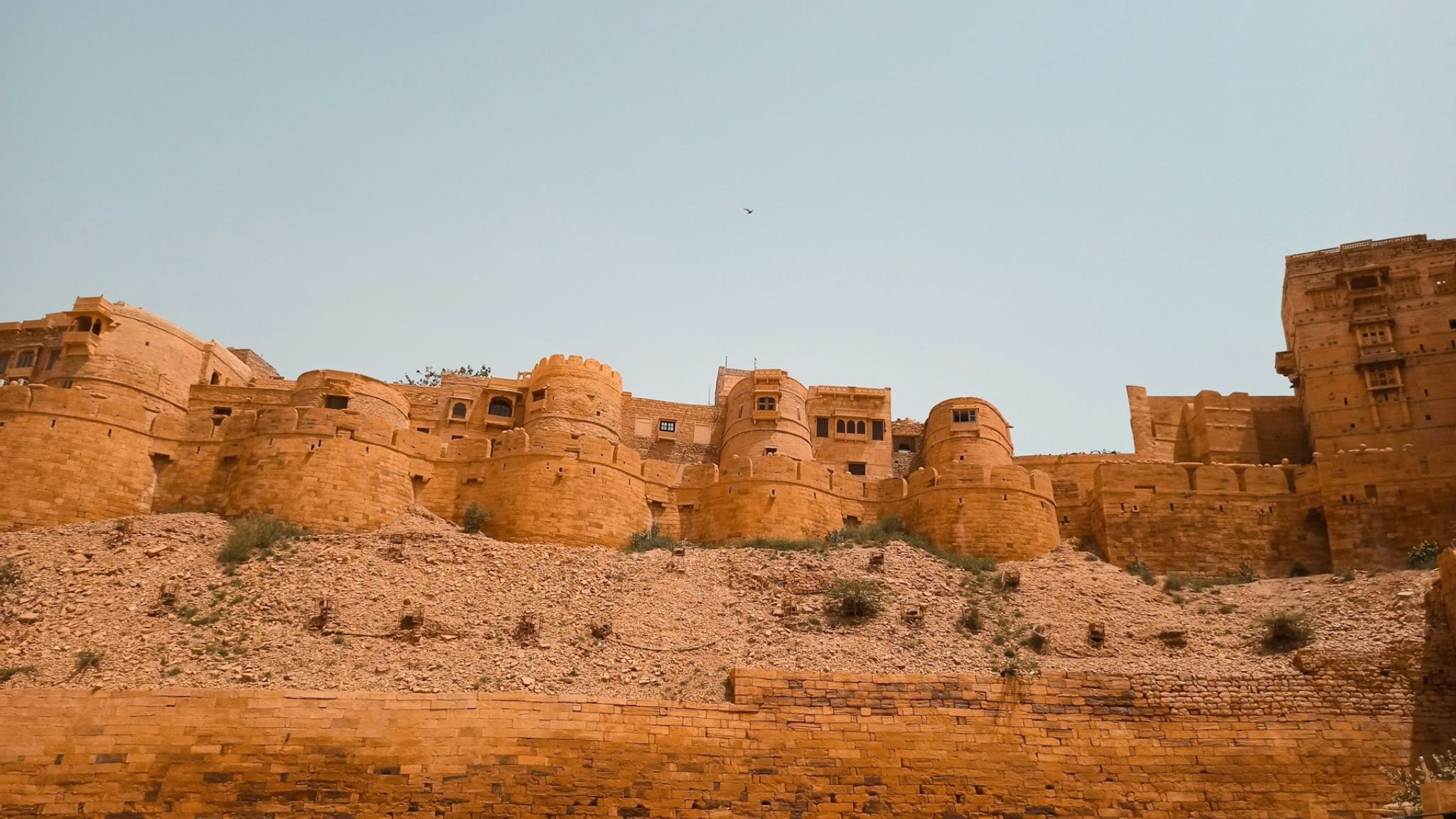
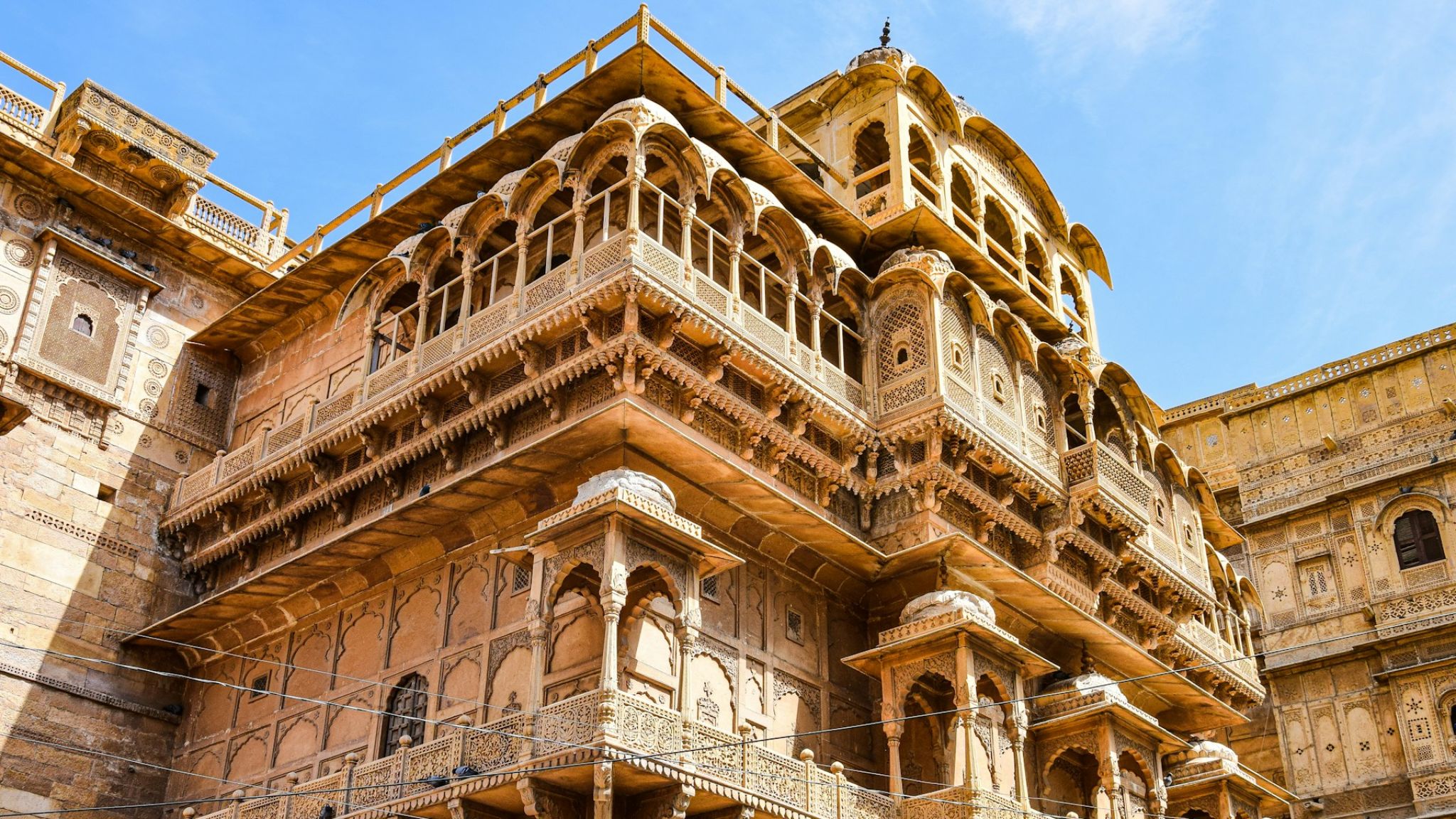
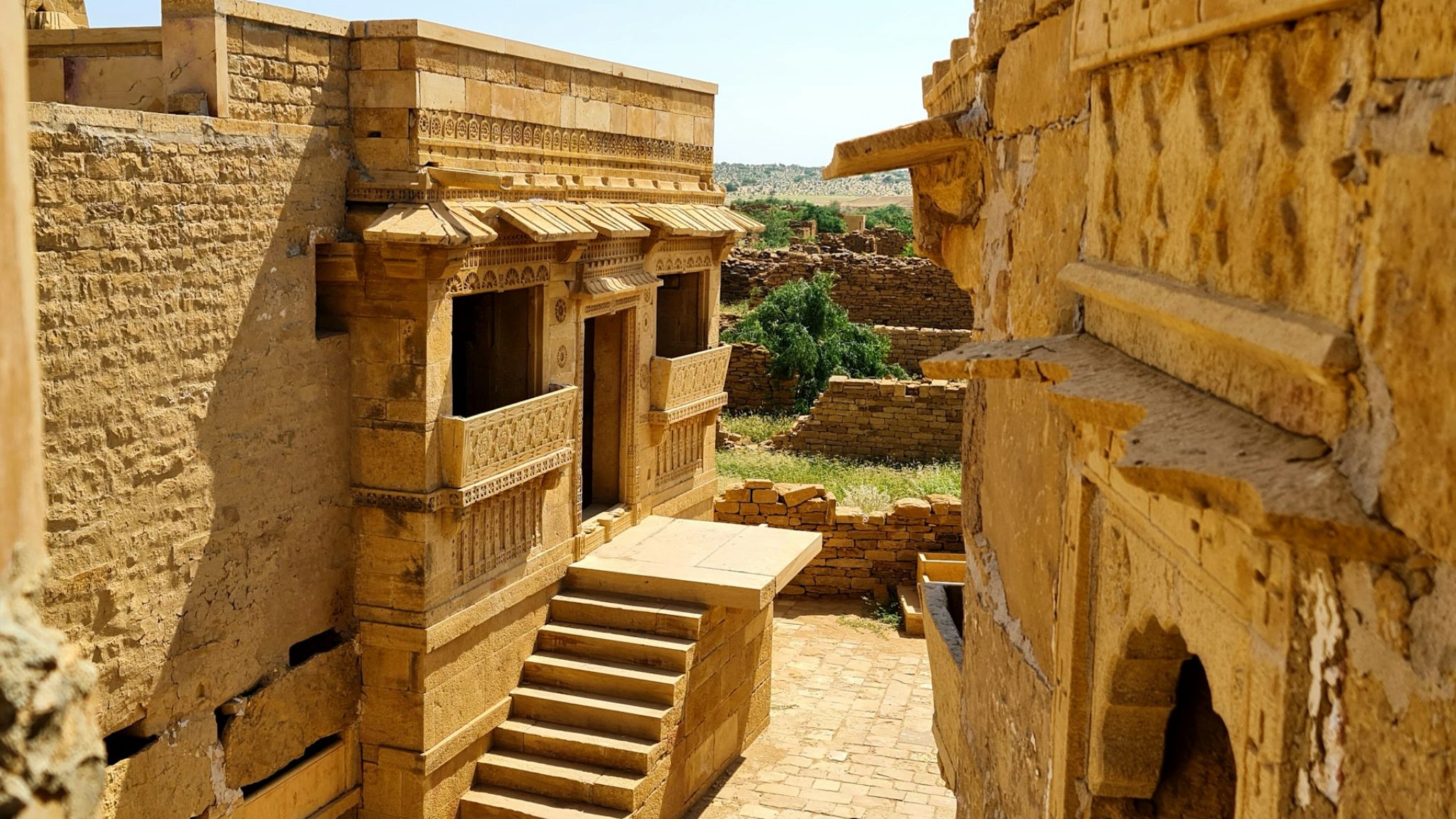

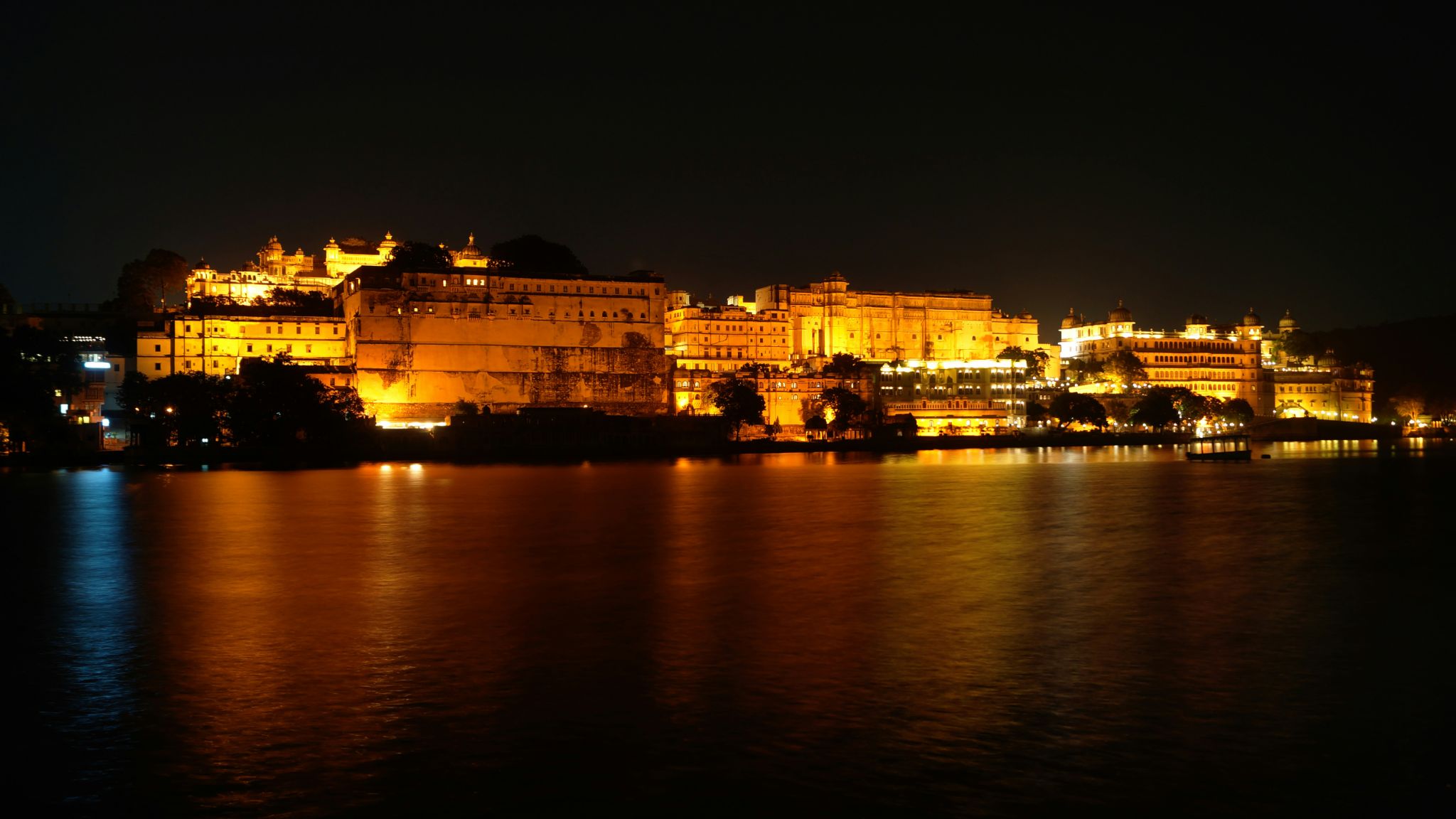
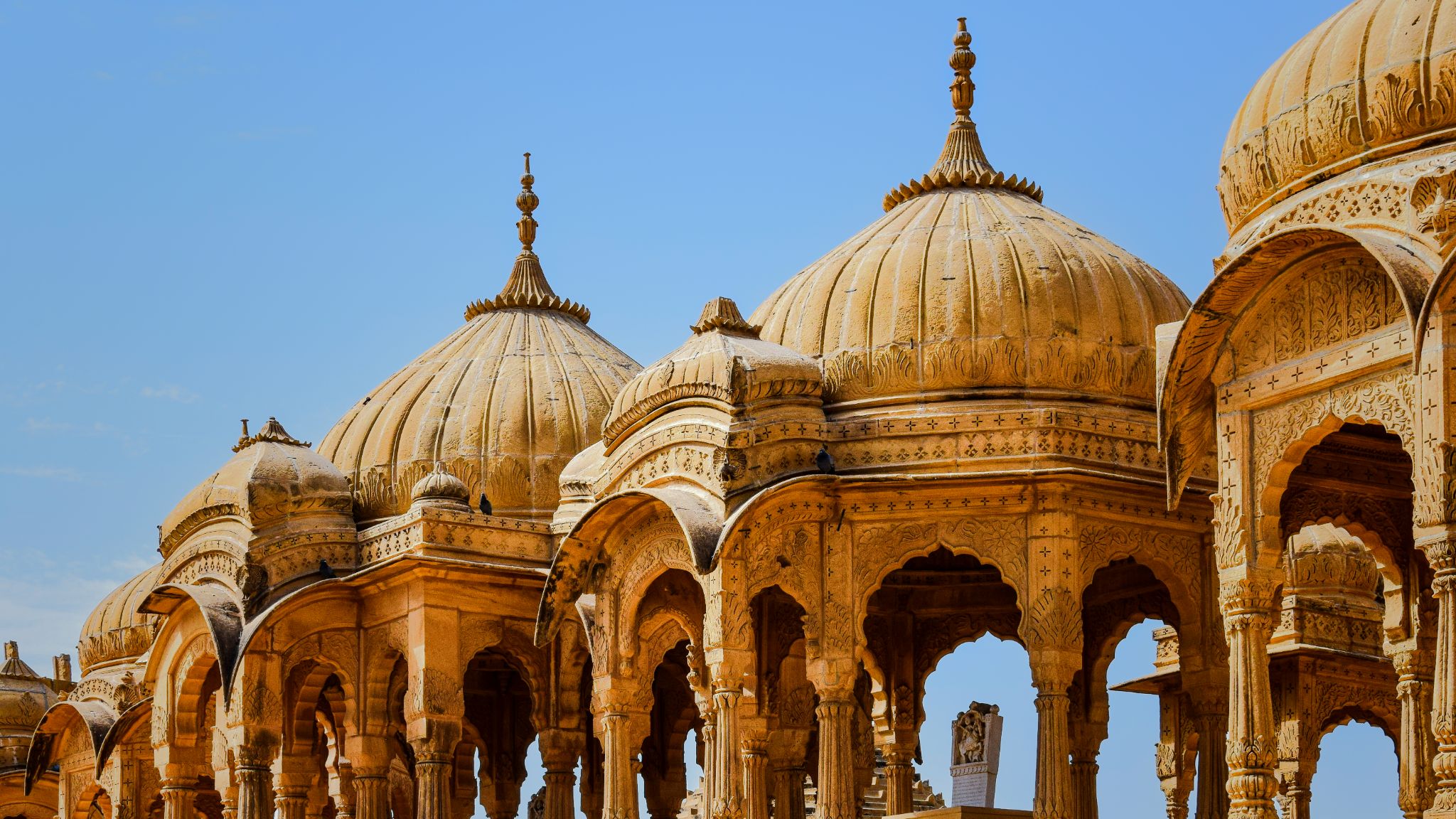
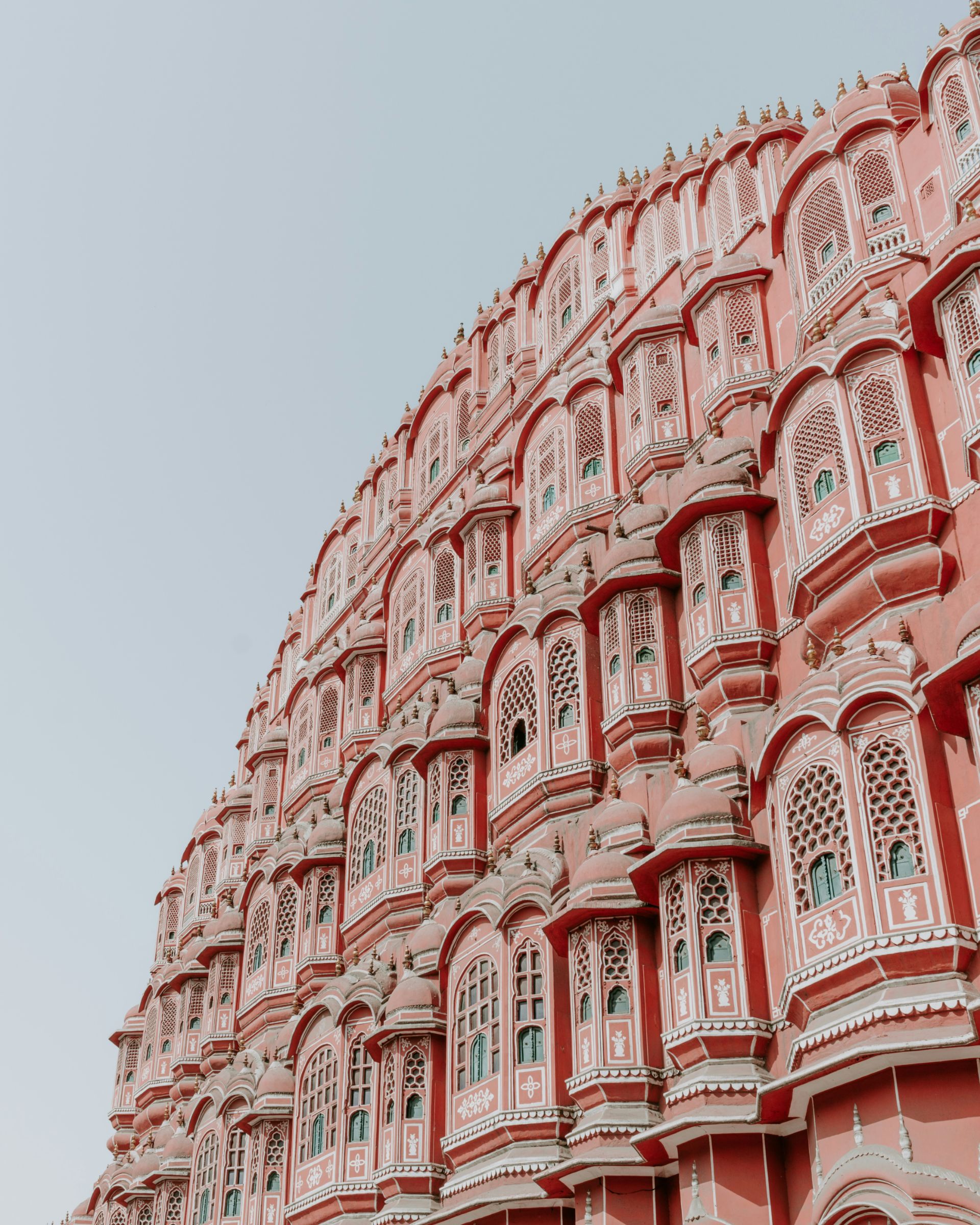


aadeshai951@gmail.com
hello